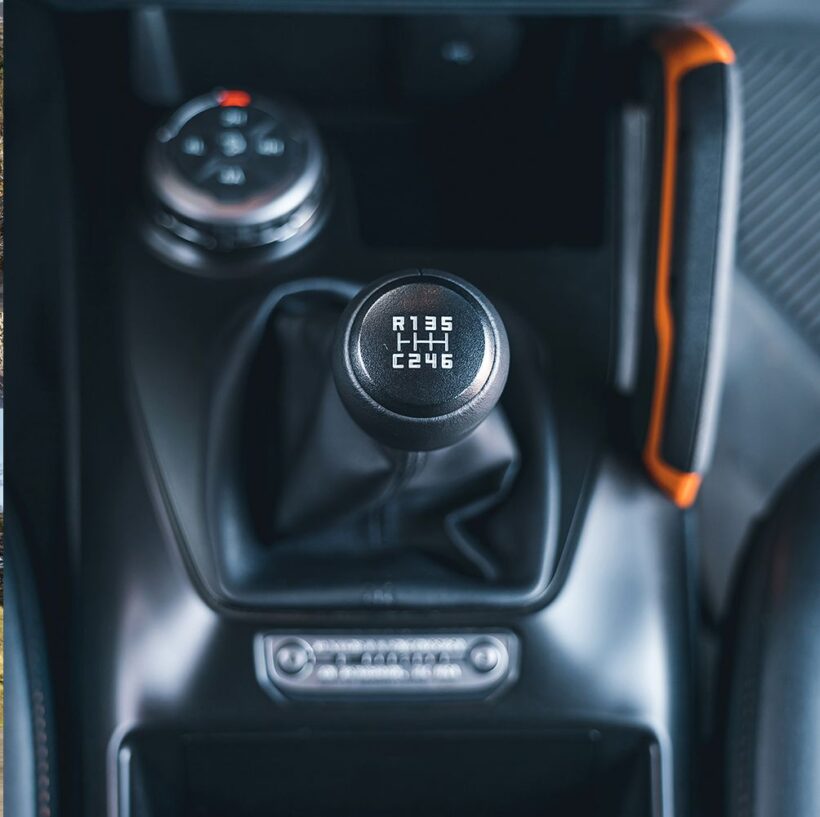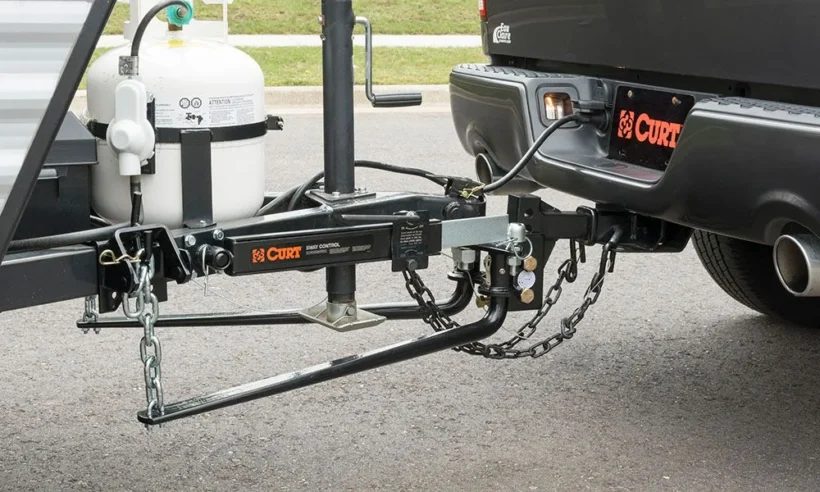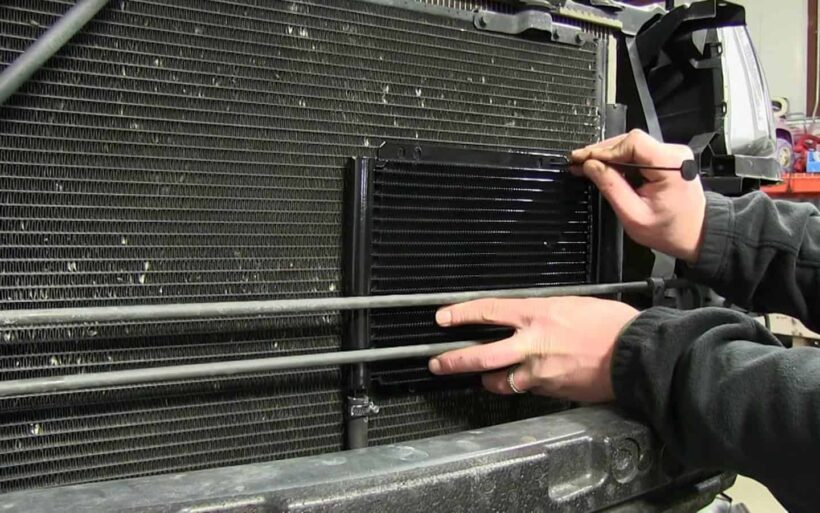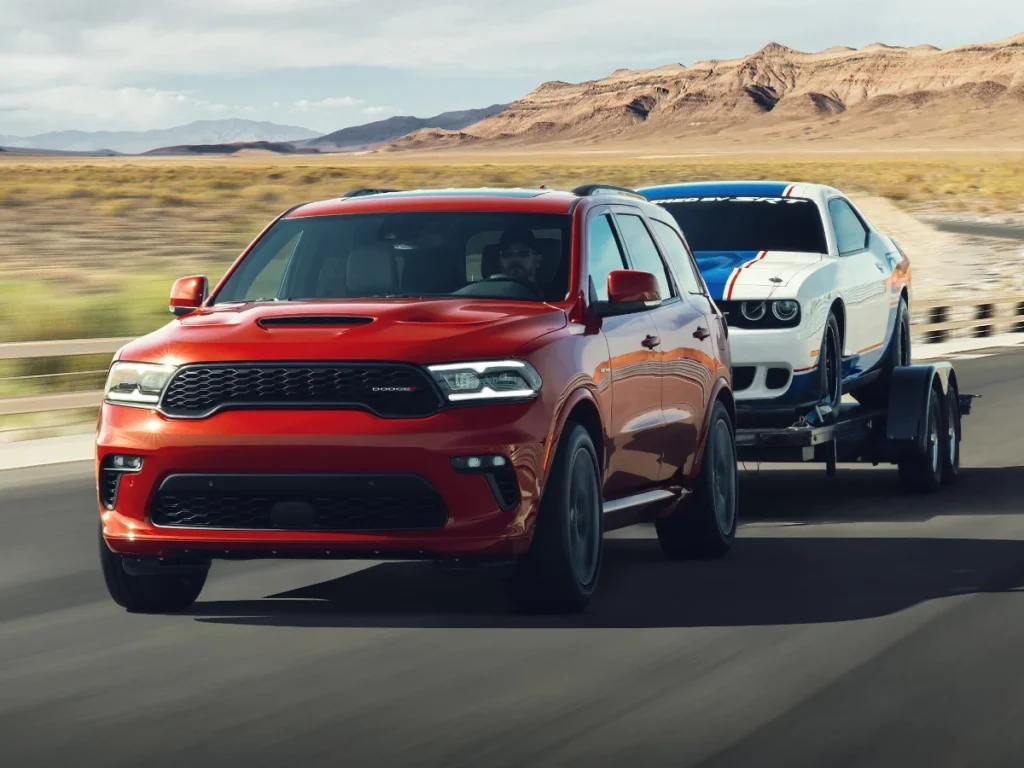SUVs are amazing vehicles. They have off-road capabilities, can be incredibly spacious, and despite their practical uses, they can also be associated with luxury.
Furthermore, SUVs have a particularly stellar reputation in the States too. Some of the best SUVs in the world are built by America’s brightest automakers; from brands that are recognized internationally to new startups on the scene.
The towing capacity of SUVs can often draw the eye. They can often transport trailers, giving them a range of versatile uses. However, with a few modifications, SUVs can tow heavier goods, too – even vehicles!
Some strategic changes can be required here. Read on for what these modifications might involve.
Revisit the Manual

Hopefully, you kept the manual that came with your SUV. If you did, dig it out, and if you didn’t, see if you can find a replica or digital version online. The manufacturer may list the specifications of your vehicle on their website. It’s essential to familiarize yourself with the manual as it contains crucial information about your SUV’s towing capacity and guidelines for modifications.
Within the owner’s manual, you will likely find explicit details about the maximum weight your SUV can safely tow in its default state. This information is vital for ensuring you don’t exceed the vehicle’s capabilities and compromise safety.
Moreover, the manual may also provide valuable insights into recommended modifications. By knowing these recommendations upfront, you can make informed decisions about where to install modifications and why they are necessary.
Taking the time to consult the manual before making any changes will not only help you stay within your budget but also prevent you from overspending on unnecessary or unwise alterations that could potentially harm your vehicle’s performance and longevity.
Install a Trailer Brake Controller
Some vehicles are towed in a trailer for more secure transportation purposes. It’s a valid approach to take, but it can come with some extra (and necessary and worthwhile) considerations to make.
An integrated trailer brake controller can help here. These devices are installed on the dashboard of the tow vehicle and wired into its electrical systems. The brake controller is designed to create synergy between the vehicle’s braking and those on the trailer, establishing proportional braking between them. After that, the trailer won’t suddenly clang into the tow vehicle.
These systems can often be found ready-to-go in newer SUVs, especially those designed for towing purposes. So, that’s another good indicator that these technologies are essential and fully worthy of being integrated into your vehicle.
Secure a Trailer Hitch
Of course, to attach a trailer to your SUV, you’ll also need a trailer hitch. As you can probably guess, these are the mechanisms connecting your SUV to the trailer.
This shouldn’t be a DIY effort. If the trailer detaches from your vehicle mid-transit, you can lose what you’re towing and create a serious road hazard for yourself and other road users. Even if no injuries are reported, these detachments can cause other obstructions and inconveniences for others, too. Don’t underestimate what’s required here.
Using a trailer hitch isn’t like clicking in a belt buckle. You’ll need a professional mechanic to oversee these preparations for complete guarantees that everything is working as it should be. Even if you buy your hitch from an auto parts store, always find a professional to fit it securely.
Find a Weight Distribution Hitch

Yes, more hitches can be needed! A weight distribution hitch is also essential.
These hitches help your SUV take on more weight than it’d otherwise be capable of. More specifically, they evenly distribute weight across your SUV’s axles and frame, providing a more balanced, stable, and ultimately safe driving experience while towing a vehicle.
However, not all distribution hitches are compatible with regular trailer hitches (though SUVs are designed to accommodate both). Look at the specifications and get professional advice from the aforementioned mechanic to ensure both can work in tandem.
Adapt the Suspension
The suspension of your SUV can also determine how compatible your distribution hitches are with your SUV and trailer hitch. A better suspension helps tow vehicles with your SUV in other ways, too.
After all, towing vehicles will strain your SUV’s suspension anyway. Even when these vehicles are designed for towing, the effort can still put your SUV through the motions. So, upgrading the suspension is advised anyway, and you can do this by:
- Adding more robust springs to better support the weight your SUV is towing.
- Integrating sway bars, sometimes known as anti-roll bars, to reduce sway when towing vehicles. They can also reduce general wear and tear on your suspension.
- Installing heavier-duty shocks giving your vehicle increased strength and stability when towing heavy loads.
As you can see, there’s more to upgrading your suspension than just ‘getting a better suspension’. Delve into the details and see where you can make upgrades with greater precision.
Utilize a Transmission Cooler

Towing vehicles means your SUV uses more energy and builds heat in the transmission component. Left unchecked, it can cause problems.
A transmission cooler regulates these temperatures by first rerouting the transmission fluid through its systems. Then it’s channelled back to the transmission component. This prevents overheating and ensures your SUV can tow vehicles without stress and disruption.
Installation difficulty can vary depending on the make and model of your SUV, so consult a mechanic. They’ll ensure the transmission cooler works perfectly.

